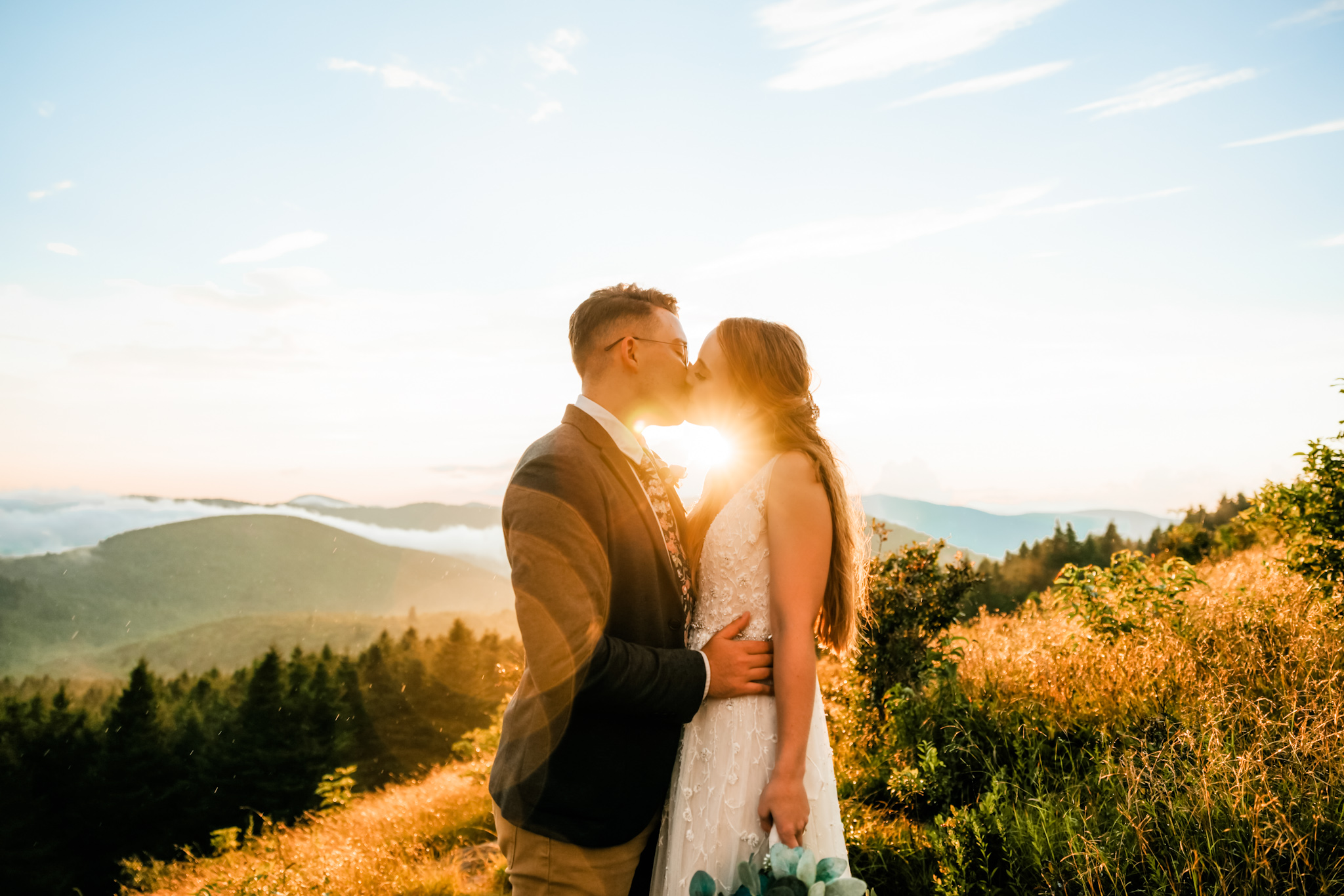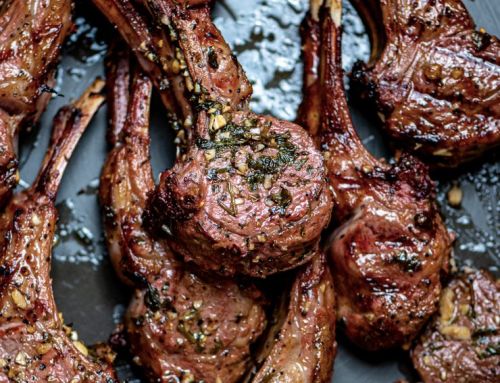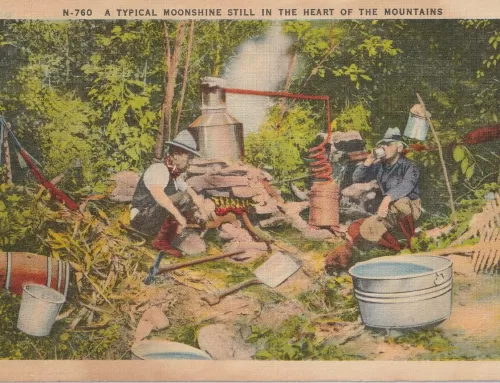Long before the Great Smoky Mountains became a national park and popular tourist destination, the southern Appalachian people settled here and brought with them a rich and distinctive heritage whose influence is still felt today.
Take a quick glance around, and you’ll find evidence of their homesteads in restored and renovated log cabins, barns, churches and other historic buildings. Visitors can immerse themselves in the Appalachian culture at festivals that showcase mountain music, storytelling, folk art, and traditional crafts. Experience the old way of life by learning about natural foods and medicinal plants that are native to the Smoky Mountains. Enjoy a quilting bee, learn how to make corn-shuck dolls, and watch demonstrations of blacksmithing, milling, open-hearth cooking, and more.
Living history workshops and programs for both children and adults are available to celebrate all of the wonderful traditions of the southern Appalachian people. There are, however, lesser known practices that don’t always get the glory they deserve. One aspect of the Appalachian culture that is particularly fascinating is Smoky Mountains wedding traditions.
Smoky Mountains Wedding Folklore
In the grand tradition of storytelling and song, let’s begin with a nod to the oral history that the southern Appalachian people are known for. Take a look at these noteworthy sayings that have been passed down throughout generations.
- Name a fishing hook after the person you love. If you catch a fish with the hook, then the love is sure to be true.
- If your lips itch, it means you want to be kissed.
- Tuck a four-leaf clover inside your shoe and you’ll marry the very next person you meet.
- If two people dip their spoons into a cup at the same time, then they will be married.
There’s no proof that any of these things are true, but the thing about spoons might have some merit. (More on that later.) It’s safe to say that the mythology and folklore surrounding love and marriage in the mountains is filled with the same personality and character as the people who created it.
Great Smoky Mountains Wedding Customs
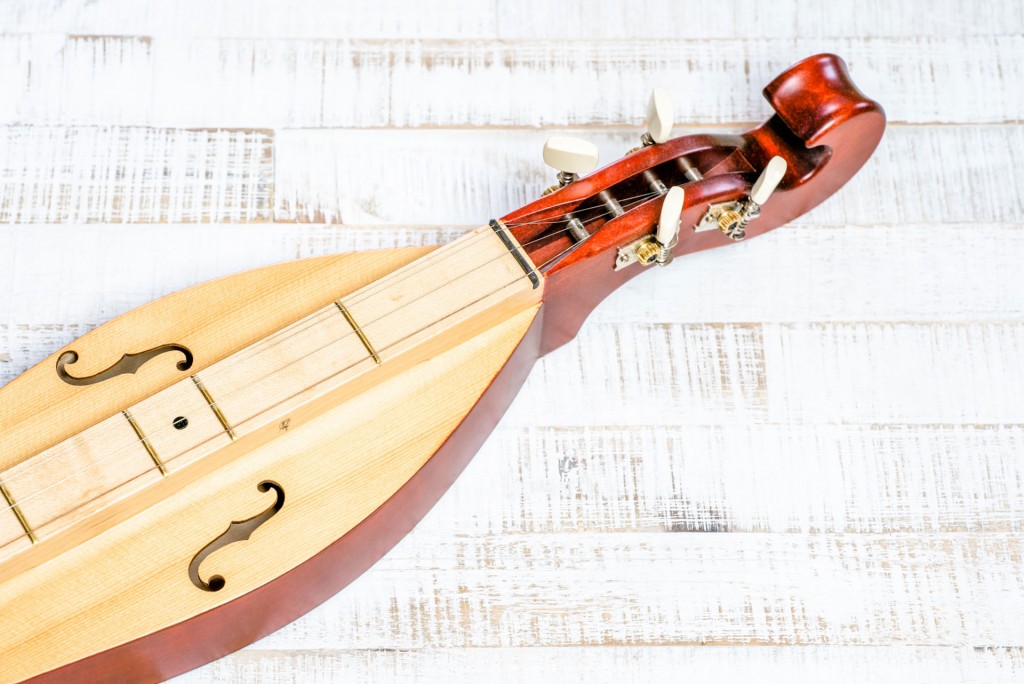
Way before paved roads, highways, and railroads made their way into the Smoky Mountains, the southern Appalachian folks kept pretty much to themselves. With no ways or means to travel, multiple families created small communities in the mountains, which meant there were fewer options for meeting that special someone.
In more traditional communities, arranged marriages were the norm. As soon as a girl reached child-bearing age, usually around 14 or 15 years old, her father would choose a mate for her. And if the couple got pregnant during their courtship, the father would hurry the wedding along. Many believe the term “shotgun wedding” began with the Appalachian people.
Typically, though, young teenagers would find each other at a barn dance, taffy pulling event, or church service. They’d make eyes at one another across the room, and things would happen in pretty quick succession after that. “Slim pickin’s” meant you didn’t have the luxury to wait around for someone more suited. You got what you could while the gettin’ was good.
Because the competition for a young lady’s hand was fierce, the young men had to raise their game. A popular – and quite romantic – courting ritual involved playing the dulcimer, a stringed instrument commonly played in the mountains, and singing songs to their beloved in front of family and other members of the community.
Courtship could last anywhere from a few weeks to a few months. As soon as the fellow decided it was time to propose, a common custom was to present his sweetheart with a “love spoon.”
Love Spoons and Wedding Quilts
Because engagement rings were expensive, and families couldn’t always afford them, a couple of creative Smoky Mountains wedding rituals were born. The custom of the love spoon was carried over from Welsh tradition. A prospective groom would present a hand-carved wooden spoon to demonstrate that he was skilled with his hands, which meant he would be a good provider. The spoon was typically whittled with intricate designs like Celtic knots, hearts, or wheels, which signified the man’s commitment to work hard at both love and duty.
For the girl’s part, the double wedding ring quilt was born. All the ladies of the community would gather for a quilting bee and work together until the project was finished. Once the quilt was completed, the single ladies would each grab a corner, place a cat in the middle, and give the quilt a good shake. The theory was that whichever young lady the cat landed beside would be the next one to marry.
And once a couple did decide to marry, the entire community would come together, sharing what they had to help them set up their new home. This included putting the wedding together. Everyone brought food to celebrate, and this is where the “stack cake” or “layer cake” came to be.
Because ingredients were expensive and sometimes hard to come by, a wedding cake was a true luxury. Family members and friends would bake one layer each and donate it to the bride’s family. The number of stacks, or layers, signified the bride’s popularity. And while people may not bring their own cake to weddings these days, the layer cake remains the most common wedding cake style.
Celebrating the Chivaree
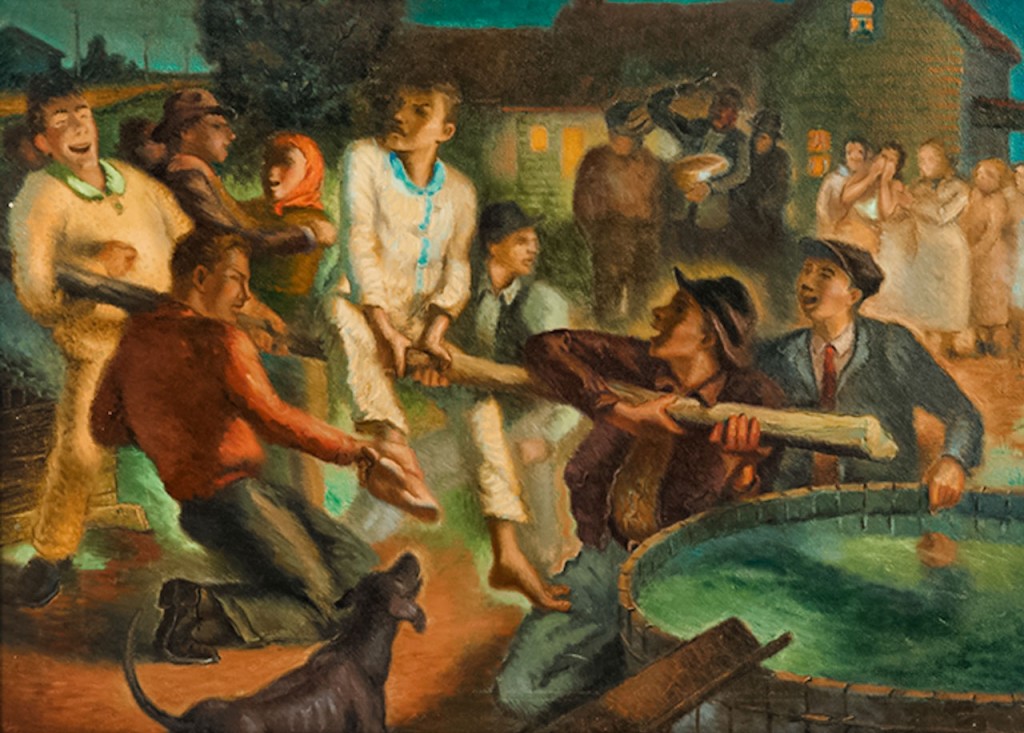
One of the quirkiest Smoky Mountains wedding traditions is the chivaree. A chivaree is a 19th and early 20th century custom where the couple’s friends and family disrupted their wedding night with good-natured mischief. This usually involved singing, dancing, and making as much noise as possible.
After the festivities of the wedding day had calmed down, and the newlyweds were settling in for the night, a boisterous crowd would gather outside their house and begin raising a rowdy ruckus. The crowd, usually led by a brother or close male relative of the groom, would sing and shout, setting off firecrackers or shooting guns, and banging on the doors and windows of the house.
Then they would rush into the house, grab the groom, and place him on a wooden rail, riding him around the yard. The bride was often plunged into a tub of cold water and carried around behind him.
To learn more about the fascinating traditions and culture of the Great Smoky Mountains check out the History of the Smokies.

